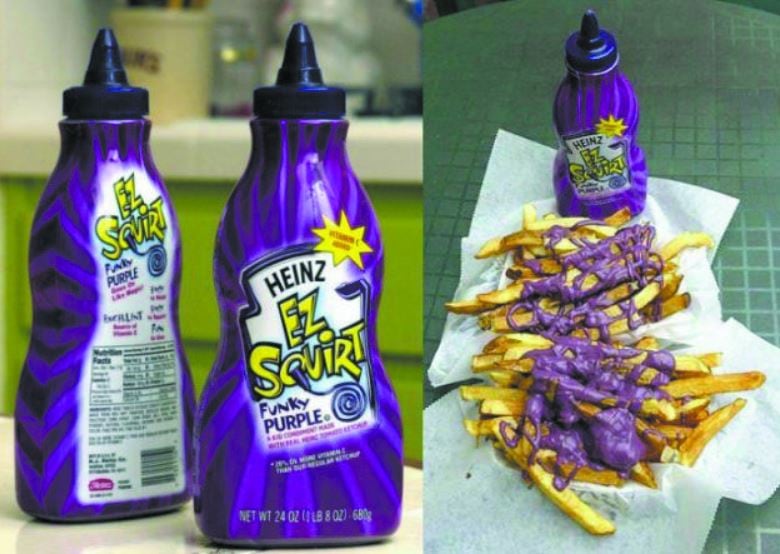There are groups attempting to attach an industry definition for clean label such as the Clean Label Project, but it will probably be some time before it becomes a protected or regulated term.
However, there does seem to be a fundamental industry belief that clean label products should strive to have as few ingredients as possible. This does not necessarily equate with health, however, because by that definition potato chips – potatoes, oil, and salt – could be considered a ‘clean’ product.
Flavorchem, an ingredient formulation company in the Chicago suburb of Downers Grove, has come up with its list of clean label guidelines based on what leading food service and retail providers have identified as basics standards. These include: No artificial ingredients or synthetic chemicals, caramel color free, Prop 65 free, non-GMO Project Verified, USDA organic compliant/certified, and others.
“People’s definitions of clean label are all over the place,” Jim Hamernik, R&D director at Flavorchem, told FoodNavigator-USA.
“Our goal is to add the minimal amount of ingredients into a product that are required to create namely a safe product but also a quality product.”
Clean label extends to clean processing
The clean label story doesn’t stop at the ingredient deck, according to Hamernik, the way a product is made has become increasingly important to consumers.
“One of the biggest trends we’ve seen is not only clean label, but also clean processing,” Hamernik said.
Most of the time, processing methods are not called out on food and beverage labels, but this is beginning to change with the rise of high pressure processing and “cold pressed” juices. Flavorchem has seen the use of extraction processing, particularly cold brewing, move beyond coffee and into other product types.
According to Hamernik, extraction is a process most consumers can easily grasp, as many do it already at home when they steep a tea bag in water.
The company has seen its customers experimenting with botanical, tea, and floral extractions through cold brewing.
“The result [of cold brewing or extraction processing] is a completely different tasting product. You’re not adding things to it, it’s just another form of minimal processing,” he said.
Natural color development
The color of product is an essential element of the sensory experience of food with many manufacturers looking to replace artificial dyes and colorings with natural versions.
“Color is extremely important because we taste a lot with our eyes,” he said.
According to Hamernik, consumers want the food to look a certain way, and if the color is not quite right, it affects the perceived flavor profile.
Consumer expectations around color could be partly the reason why Heinz’s purple and green ketchup flopped in the early 2000s or Crystal Pepsi was no more than a brief novelty, according to Hamernik.

“The first time it might be fun to try, but after a while you’re going to go back and buy the regular one,” he said.
Despite increased interest in natural dyes and colors, they do have some limitations and there is a lot more room left for development in this area.
“You can’t always do it perfectly with ‘natural colors’ typically they’re more expensive, a lot of times they have flavor impact because you’re using fruit and flavor extracts,” Hamernik said.
“We get requests from customers looking to eliminate the [synthetic] dyes and they want it to look exactly as it does with those dyes, and we really have to set those realistic expectations to what is possible when converting to a more natural product.”
It’s also about setting consumer expectations, Hamernik added.
“Instead of having all these over-colored fluorescent products out there, people are going to slowly get used to more subtle colors,” he said.
“They [natural colors and dyes] have come a long way over the last five years, but there’s still some definite areas that need to be improved.”
